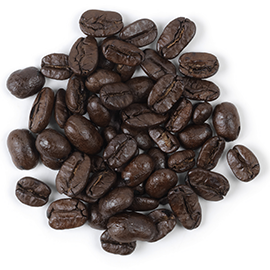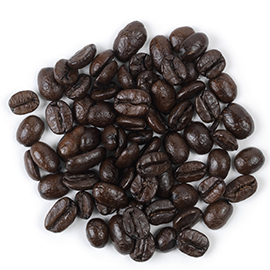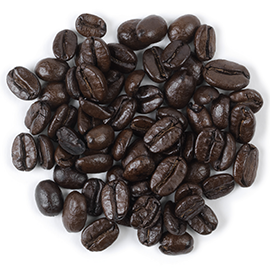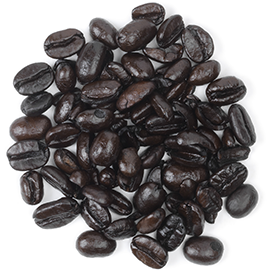How to use a Cafetière
The cafetière – also known as a French press – is a great all-round piece of coffee equipment. Easy to use, it complements any roast and with two sizes (our 3-Cup and 8-Cup), it’s perfect for when you’re going solo or expecting company.
Did you know?
Despite its name, the cafetière – or "French press" – was invented by an Italian man in 1929.
How to Make Cafetière Coffee
- Preheat the cafetière with a splash of freshly boiled water and tip it out.
- Add 1 scoop of coffee per cup.
- Top with freshly boiled water.
- Pop the lid on, leaving the plunger up and brew for 4 minutes – if left for any longer, the coffee will over-extract, leaving you with a bitter cup.
- Slowly plunge.
- Pour and enjoy!
Nifty Tips
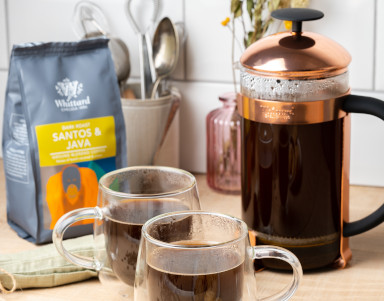
How Do You Keep Your Cafetière Coffee Hot?
Preheating the cafetière with a swirl of boiling water first helps to maintain a more stable temperature.
What Temperature Water Should You Use?
Always use freshly drawn, boiled water but allow it to cool for a few seconds so you don’t scald the grinds.
How Much Coffee Should You Use?
It’s all dependent on personal taste but we would generally say 1 scoop per cup.

3-Cup Cafetière:
3 scoops of coffee = 3 espresso cups or 1 mug

8-Cup Cafetière:
8 scoops of coffee = 8 espresso cups or a couple of mugs
What Coffee Grind Type Should You Use?
Coarsely ground coffee is perfect for a cafetière. As a rule of thumb, the longer the coffee is in contact with water, the coarser the grind should be to avoid over-extraction. The cafetière method involves fully immersing the coffee throughout the brew time, meaning a larger, coarse grind is needed. In comparison, an espresso machine, for example, uses pressure to force water through the coffee grounds, so the contact time is much shorter, requiring a fine grind.
What Coffee Roast Type Should You Use?
Although any roast can be used with a cafetière, we tend to prefer a medium-dark or dark roast. The beans’ delicious natural oils are brought to the surface during these more intense roasting processes, and with no filter paper to soak them up, they’re transferred directly to your cup, making for a rich, robust flavour. Cardinal rule? Make sure it’s always freshly ground!

